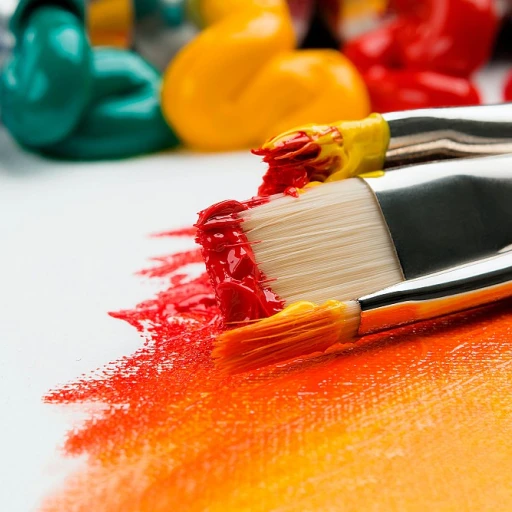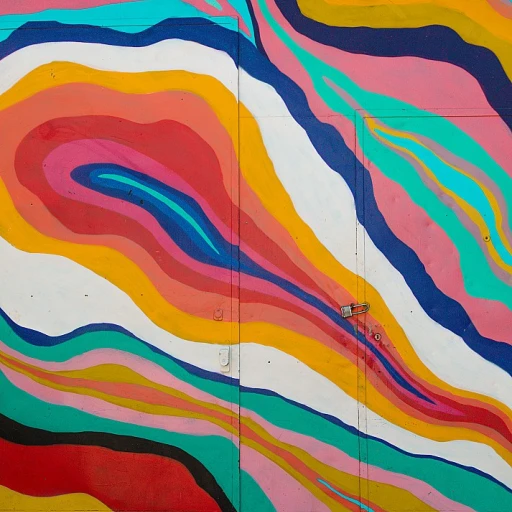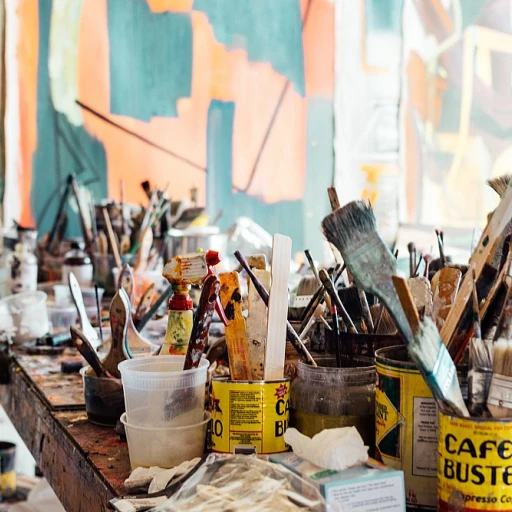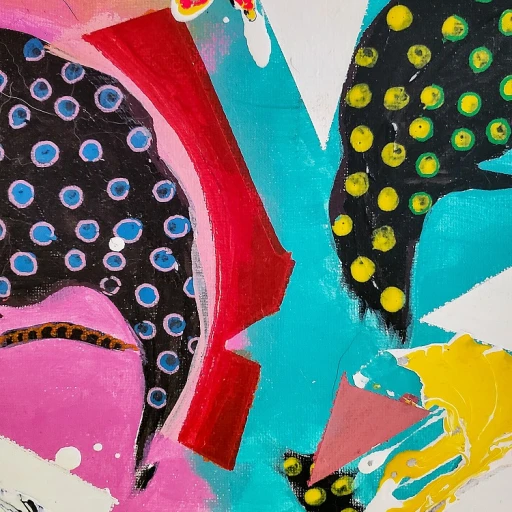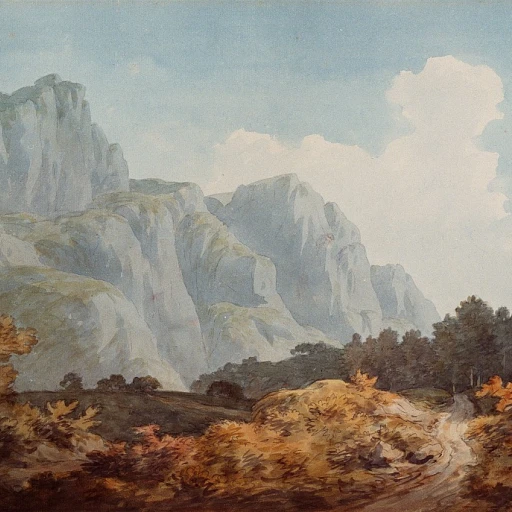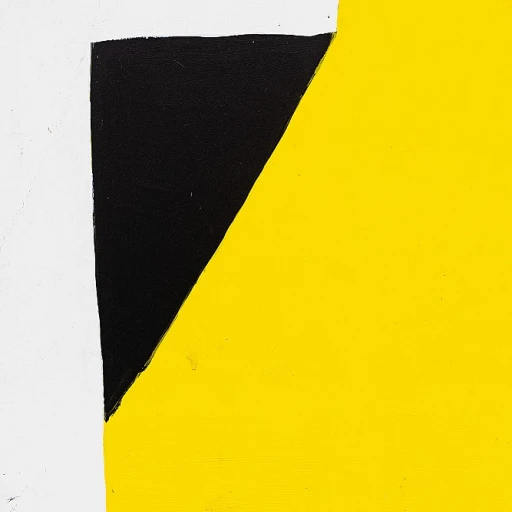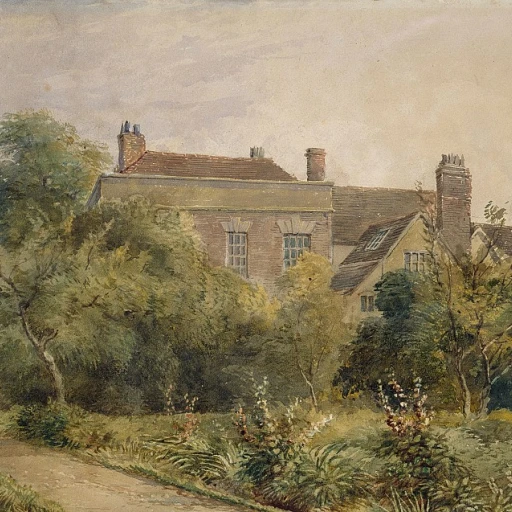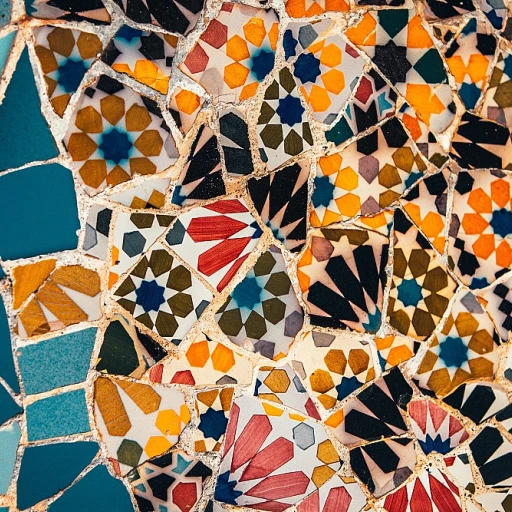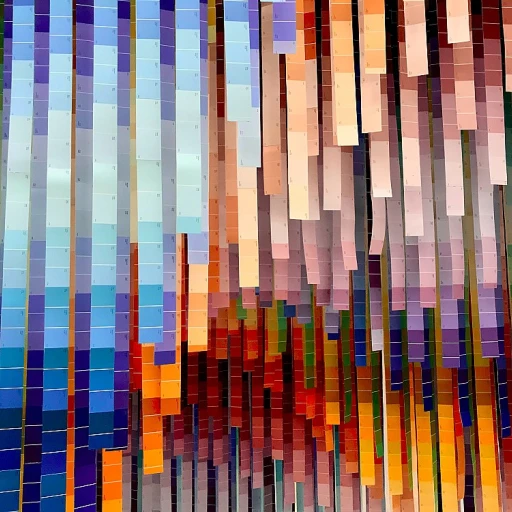-teaser.webp)
Understanding Low Relief Sculpture
The Intricacies of Relief Art
Exploring the world of sculpture art unveils a vast array of creative expressions, with low relief sculpture standing out for its distinct blend of complexity and subtlety. This form of art, characterized by its shallow depth and intricate designs, often features figures that emerge slightly from the background, creating an optical illusion of perspective and depth. Low relief, sometimes called bas relief, distinguishes itself from high relief and sunken relief based on the extent to which the figures protrude from the surface. Sculptors employing these techniques use diverse materials such as clay, ceramic, and stone, ensuring that their creations imbue both a tangible texture and an aesthetic allure. The history of low relief sculpture is rich with cultural significance, dating back to ancient Egyptian times when artisans layered materials delicately to narrate stories or commemorate events. This art form requires precision tools to carve and etch the intricate patterns, demanding exceptional skills and patience from the artists. For enthusiasts keen on discovering unique forms of sculpture design, whether for personal collection or cultural appreciation, low reliefs offer a fantastic perspective on how art and history intertwine seamlessly. For more insights into the diverse universe of wall-mounted artworks, you may explore the allure of metal wall sculptures, a captivating complement to the sculptural arts landscape.Historical Significance and Evolution
Tracing the Tapestry of Time: The Historical Significance of Low Relief Sculpture
Embedded within the annals of art history, low relief sculptures have adorned the walls of ancient civilizations and continue to inspire awe and admiration today. These low and bas reliefs serve as a testament to the expressive potential of surface, a medium where figures emerge in subtle prominence, their narratives entwined and preserved like whispers of the past. Across the millennia, from the magnificent temples of Ancient Egypt to the enduring splendor of Roman architecture, relief sculptures have demonstrated remarkable prowess in storytelling. The artists of ancient cultures harnessed the relief low and relief high techniques, etching captivating scenes into stone, clay, and ceramic—a laborious dance of tools and carving. It's a practice that not only illustrates the principles of composition but reveals an intimate glimpse into the cultural and societal values that shaped human history. In the realm of bas reliefs, these masterful creations were not merely ornamental; they served as decorative motifs with divine purpose and political significance. In ancient Egyptian art, for example, these works immortalized the achievements of pharaohs and the pantheon of gods, intertwining acts of reverence with a keen eye for design. These expressions of relief art fashioned a rich tapestry that continues to capture the imagination in today's ceramic and metalwork. The evolution of relief carving further underscores its crucial role in the development of sculpture art. As we navigate through periods such as the Renaissance, low relief sculptures were meticulously crafted to adorn the facades of cathedrals and palaces, bridging sacred and secular themes. These sculptures low in prominence yet steeped in profound meaning remind us of the formative role they played in art history, their soft shadows hinting at stories untold. Fast forward to the modern era, and the United States has seen a resurgence of interest in relief sculptures, reflecting an ongoing dialogue between past and present. Contemporary artists continue to create using traditional tools while embracing new techniques, ensuring that the legacy of bas relief is alive and flourishing. Explore more on how these age-old techniques have transitioned into today's artistic expressions by delving into the allure of organic sculpture in luxury art. This exploration opens the door to understanding not just the artistry but the dialogue between nature, art, and human endeavor.Techniques and Materials
Mastering Techniques and Materials in Low Relief Sculpture
The fascinating world of low relief sculpture art, known for its shallow depth and emphasis on intricate surface design, demands a deep understanding of various techniques and materials. Creating these nuanced works involves a spectrum of forms from bas relief to high relief, each presenting unique challenges and opportunities. Artists often rely on numerous materials to bring their visions to life. Common choices include clay, stone, wood, and even metal, each offering distinct textures and levels of malleability. Clay, for instance, is favored for its versatility and ability to capture fine details, allowing sculptors the flexibility to model intricate figures and designs before firing them into durable ceramic pieces. Low relief sculptures also encompass historical techniques that have been practiced since ancient times, with origins tracing back to ancient Egyptian art where sunken reliefs adorned temple walls. This background gives depth to the art form's evolution, showcasing how it has influenced modern designs and methods. The art of relief carving plays a pivotal role in achieving desired outcomes in low relief sculptures. The process involves removing material from a surface to create a desired image or pattern. This can be meticulously performed using specialized tools designed for precision and control, ensuring the final piece abides by the principles of composition that define high-standard sculpture. Today's artists continue to push the boundaries of relief art, merging traditional techniques with contemporary innovations. This constant evolution in craftsmanship not only preserves the importance of relief sculptures throughout art history but also expands its applications and aesthetic appeal into new domains. For those intrigued by how sculptors balance the line between tradition and innovate in low relief, our article on sustainable printmaking in luxury art offers a parallel exploration of materials and methods that echo the timeless allure of these artistic practices.Notable Artists and Masterpieces
Iconic Figures in the Realm of Relief Sculpture
The journey into the rich tapestry of low relief sculpture would be incomplete without acknowledging the luminaries who have shaped this art form. The delicate balance of art and technique in relief carving has attracted many artistic minds, each contributing uniquely to its evolution. Throughout art history, relief sculpture has been favored by artists for its ability to tell stories and convey emotions through figures carved into a surface. Ancient civilisations, notably the ancient Egyptians, revered low relief and bas relief as paramount artistic expressions, using sunken relief to depict narratives on temple walls and tombs. In the contemporary arena, there is a diverse range of artists who continue to explore and innovate within the realm of relief art. Their works often draw inspiration from the intricate background designs found in ancient sculptures, yet these pieces are revitalized with modern materials such as ceramic and clay. The adaptation of traditional relief carving techniques to suit present-day aesthetics shows a harmonious blend of history and innovation. Each piece often reflects a combination of bas reliefs and high relief to exaggerate certain elements while intertwining them with low reliefs to create depth. The meticulous use of tools and principles of composition are central to shaping these remarkable reliefs, transcending simple design to a more profound artistic dialogue. These artists contribute to a vibrant market for relief sculptures today, where art enthusiasts and collectors seek pieces that both echo the past and embrace new interpretations. The works continuously poised between the antiquity of sculpture relief traditions and the modern spectacle reaffirm the ageless allure of this art form.The Market for Low Relief Sculptures
The Demand and Valuation of Low Relief Sculptures
In the realm of luxury art, the market for low relief sculptures is a compelling niche that continues to captivate collectors and enthusiasts. Unlike other art forms, these works offer a unique blend of depth and subtlety that resonates with both historical and contemporary audiences. The tactile nature of these sculptures, which involves intricate relief carving seen in various types of sculpture, ensures they remain in high demand.
The value of relief sculptures is often influenced by several factors:
- Artistic Merit: The skill and creativity that artists employ in the design and execution of each piece can dramatically affect its worth. Pieces showcasing exceptional relief bas or high relief are particularly prized.
- Historical Significance: Artworks with a rich background, especially those reflecting ancient techniques and cultural narratives, tend to be more valuable.
- Materials Used: The use of rare or premium materials such as marble or high-quality ceramic and clay can significantly enhance a sculpture's market price.
- Provenance: A well-documented lineage or ownership history increases a sculpture's appeal, providing assurance of authenticity.
Despite these primarily positive aspects, collectors and investors face challenges. Navigating the market requires acknowledging the complexities of preservation, as many ancient reliefs demand controlled environments to maintain their beauty over time.
The future of relief sculpture in the art market looks promising. As art enthusiasts increasingly recognize the value and principles of composition rooted in history, the appreciation and demand for these tactile masterpieces are likely to grow. While sculpture art from the United States or ancient Egyptian origins draw much interest, modern interpretations continue to captivate a new generation, ensuring a thriving market for relief art. This dynamic blend of history and innovation reinforces the enduring allure of low relief sculptures for collectors worldwide.
Challenges and Future Prospects
Overcoming Hurdles in the World of Low Relief Sculpture
Low relief sculpture, with its intricate designs and subtle depth, presents unique challenges to artists and collectors alike. As we delve into the complexities of this art form, it becomes evident that both technical and market-related obstacles must be navigated.
Technical Challenges in Crafting Reliefs
Creating a low relief sculpture requires a mastery of various techniques and materials. Artists must skillfully manipulate surfaces, whether working with clay, ceramic, or stone, to achieve the desired effect. The precision needed in relief carving is paramount, as even minor errors can disrupt the entire composition. Additionally, the choice of tools and materials can significantly impact the final outcome, demanding a deep understanding of the principles of composition and the history of relief art.
Market Dynamics and Collectibility
The market for low relief sculptures is as nuanced as the art form itself. Collectors often seek pieces that not only demonstrate technical prowess but also carry historical or cultural significance. The evolution of relief art from ancient Egyptian carvings to contemporary designs reflects a rich tapestry of artistic expression. However, the market can be unpredictable, with trends shifting between different types of sculptures, from bas reliefs to high reliefs and even sunken reliefs.
Future Prospects and Innovations
Despite these challenges, the future of low relief sculpture is promising. Advances in technology, such as 3D printing and digital design tools, are opening new avenues for artists to explore and innovate. These developments offer exciting possibilities for creating intricate reliefs that push the boundaries of traditional sculpture art. As artists continue to experiment and evolve, the appreciation for this timeless art form is likely to grow, attracting new audiences and collectors worldwide.
In conclusion, while the path of low relief sculpture is fraught with challenges, it remains a captivating and dynamic field within the art world. Its ability to blend history with modernity ensures its enduring appeal, inviting both artists and collectors to explore its depths.


